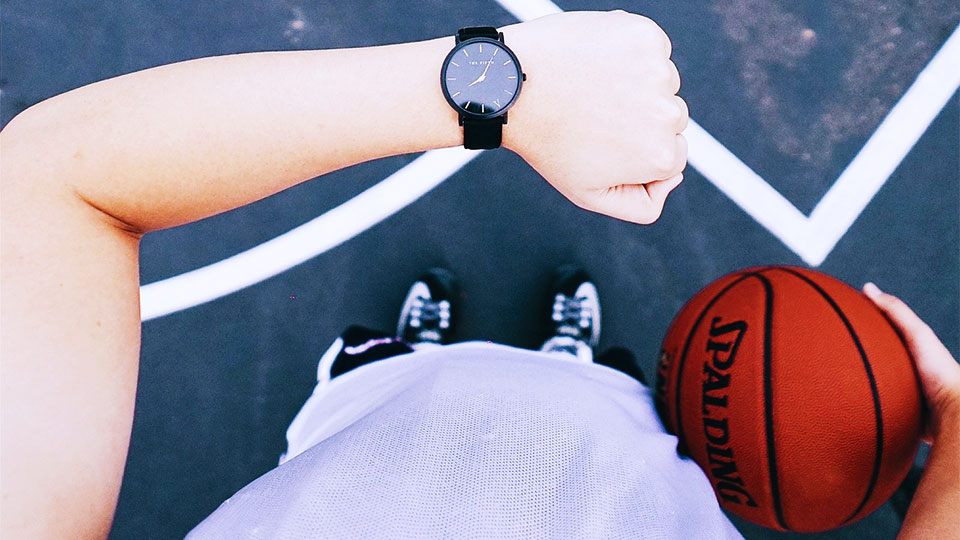
Technology has come a long way in a short time. We’ve gone from giant computers that took up entire rooms, to ones that we can literally wear on our bodies. Plus, at the same time as getting smaller, their capabilities have increased exponentially. This is a truly exciting time for people who have an interest in wearable technology, as the tasks they can perform get better and (just as importantly!) they also look more stylish. Here’s a quick overview of five of the main varieties of wearable tech, to help you decide which to try next.
Fitness Trackers
Fitness trackers are one of the original types of wearable tech, and as the name suggests they focus on your fitness. This can be through measuring factors such as your heart rate, sleep cycle, and activity levels, therefore helping you to live a healthier lifestyle. These are particularly useful for athletes, as they can also track metrics such as speed and distance for activities such as running and cycling, or even swimming if they are water resistant.
Smartwatches
Smartwatches took the concept of fitness trackers and ran with it, adding in a link with smartphones to essentially create a computer you can wear on your wrist. In addition to fitness features they can be used for a whole range of activities such as answering calls, messages, and emails, accessing apps and your calendar, listening to music and podcasts, and viewing photos. Some devices can even be used as a translator, calculator, payment method, compass, flashlight, GPS, and much more. However, this will depend on the smartwatch you choose. Even watches from the same brand can vary. For example, the different Apple Watch series available to buy have different features. To ensure that you are finding the ideal watch for you, check out this handy tool at Superwatches, as they have compared the different models for you in an easy to read format. From case thickness to the processor and whether it has a GPS or not, look at all the important features of a watch and make a more informed decision.
Smart Jewelry
Focusing more on making wearable tech fashionable, smart jewelry tends to be smaller and less obtrusive than a smartwatch. Generally they do not have a display, but still collect and track plenty of data to send to your cellphone, where you can review it later. They usually focus on health-related aspects such as sleep, heart rate, and activity. Some of the more advanced versions can be used for a wider range of activities though, including making payments and unlocking other devices. With options from bracelet to rings and earrings, smart jewelry is a great choice for a subtle style of wearable technology.
Smart Clothing
Also known as electronic textiles, smart clothing builds electronics right into fabric in order to gather data, to adjust to the environment, or even to store up energy. Some of the possible uses include clothes that light up for safety when it gets dark, or that help with the regulation of body temperature by adjusting to match the weather conditions. Smart socks that monitor the heart rate and oxygen levels of young babies have also become very popular with new parents.
Smart Implants
Perhaps the most extreme versions of wearable tech are implants. At the moment these are mostly used to monitor and treat certain medical conditions; however, in the future they could also be used to store medical information about a person in order to help first responders trying to treat them. The possible uses could go on to be much broader, including functioning as an electronic key or payment method. The future is here!
 Samsung Galaxy S20+
Samsung Galaxy S20+  Samsung Galaxy A05s
Samsung Galaxy A05s  Xiaomi 17
Xiaomi 17  LG X Power
LG X Power  LG Optimus Black
LG Optimus Black  Samsung Galaxy S Duos
Samsung Galaxy S Duos 

